Table of content
Stir-frying is a beloved cooking technique celebrated for its speed, versatility, and ability to lock in flavors. However, one of the most common challenges home cooks face is determining when meat is fully cooked. Undercooked meat poses health risks, while overcooked meat becomes dry, tough, and unappetizing. Achieving the perfect balance requires a blend of observation, technique, and understanding of meat’s physical and chemical changes during cooking. This article delves into the science and practical methods to help you confidently assess meat doneness, ensuring every stir-fry is both safe and delicious.
The Importance of Properly Cooked Meat
Before diving into techniques, it’s crucial to grasp why cooking meat to the right temperature matters. Raw or undercooked meat can harbor harmful bacteria like Salmonella, E. coli, and Campylobacter, which cause foodborne illnesses. Conversely, overcooking breaks down muscle fibers and moisture, resulting in a rubbery texture and loss of flavor. Stir-frying, with its high heat and rapid cooking, demands precision to avoid these pitfalls.
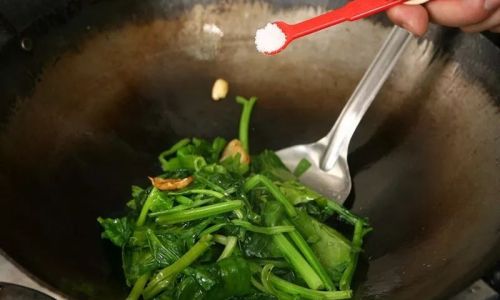
Key Indicators of Doneness
Visual Cues: Color and Texture
The eyes are your first line of defense. Raw meat undergoes dramatic color changes as it cooks:
- Poultry (Chicken, Turkey): Raw chicken is pinkish-red with a glossy, translucent appearance. As it cooks, the flesh turns opaque white or light brown, depending on the cut. Dark meat (thighs, drumsticks) may retain a slight pink hue near the bone even when fully cooked, so rely on other methods for accuracy.
- Beef: Raw beef ranges from deep red to purple. Rare beef is cool red inside, medium-rare is warm pink, medium is light pink, and well-done is gray-brown. For stir-fries, beef is often cooked to medium (145°F/63°C) to balance tenderness and safety.
- Pork: Raw pork is pinkish-gray. Properly cooked pork becomes opaque white or light gray, with no traces of pink. However, ground pork should always reach 160°F (71°C) due to higher bacterial risk.
- Seafood (Shrimp, Scallops, Fish): Raw shrimp are gray and translucent; cooked shrimp turn pink and opaque. Scallops transition from translucent to milky-white, while fish flakes easily with a fork.
Caveat: Marinades, spices, or lighting can distort colors. Always cross-reference visual cues with other methods.
Texture and Firmness
Touch is a reliable indicator when visual cues are ambiguous:

- Raw Meat: Feels soft, mushy, and slightly slimy.
- Medium-Rare Beef: Springs back when pressed gently.
- Well-Done Meat: Feels firm and resistant to pressure.
For stir-fries, use tongs or a spatula to test firmness. Chicken should feel springy yet yielding, while beef strips retain a slight chew. Overcooked meat feels stiff and unyielding.
Thermometer Accuracy
A meat thermometer is the gold standard for precision. Insert the probe into the thickest part of the meat, avoiding bones (which conduct heat differently). Safe internal temperatures:
- Poultry: 165°F (74°C)
- Ground Meats: 160°F (71°C)
- Beef/Pork Steaks/Roasts: 145°F (63°C) with a 3-minute rest
- Fish: 145°F (63°C)
Pro Tip: Invest in an instant-read thermometer for quick, accurate readings. Digital models with thin probes are ideal for stir-fries.
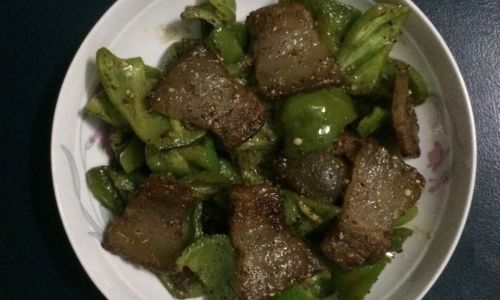
Juice Clarity
Pierce meat with a knife or fork and observe the juices:
- Raw/Undercooked: Juices run pink or red.
- Cooked: Juices run clear. For chicken, clear juices signal doneness; however, this method is less reliable for thick cuts like breasts.
Limitation: Thinly sliced meats (e.g., beef for stir-fries) release minimal juices, making this method less practical.
Shrinkage and Shape
Meat shrinks as it cooks due to moisture loss and protein coagulation. Observe:
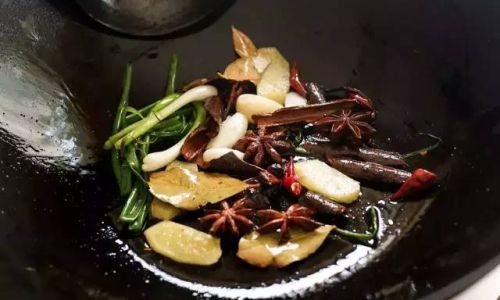
- Raw Meat: Plump, with smooth edges.
- Cooked Meat: Curled edges, reduced volume, and a “ridged” texture (especially in seafood like shrimp).
Factors Affecting Cooking Time
- Meat Thickness: Thinner slices (1/4–1/2 inch) cook in 2–4 minutes; thicker cuts require longer times.
- Heat Level: High heat sears meat quickly, locking in juices. Medium heat allows gradual cooking.
- Pan Material: Stainless steel and cast iron retain heat better than nonstick pans, affecting cooking speed.
- Marinades: Acidic marinades (citrus, vinegar) can denature proteins, making meat appear cooked sooner.
Advanced Techniques for Perfection
The “Blade Test” for Beef
For steak-like cuts, press the meat with tongs and compare firmness to your palm:
- Rare: Feels like the fleshy area between your thumb and index finger when relaxed.
- Medium: Matches the firmness when your thumb touches your middle finger.
- Well-Done: Corresponds to the firmness when your thumb touches your pinky.
The “Flake Test” for Fish
Insert a fork into the thickest part and twist gently. Cooked fish flakes into clean, opaque layers; undercooked fish resists flaking and remains translucent.
The “Curl Test” for Shrimp
Raw shrimp are straight; cooked shrimp form a “C” shape. Overcooked shrimp curl tightly into an “O” shape and become tough.
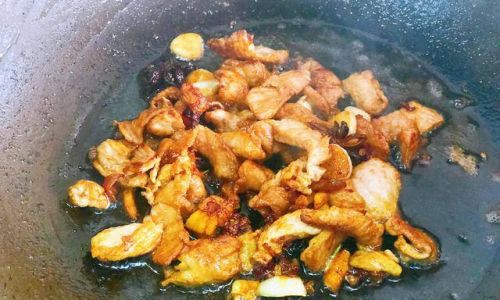
Common Mistakes and How to Avoid Them
- Overcrowding the Pan: Too much meat lowers the pan’s temperature, causing steaming instead of searing. Cook in batches if needed.
- Ignoring Resting Time: Let meat rest 3–5 minutes after cooking to redistribute juices. Cutting immediately causes moisture loss.
- Relying Solely on Time: Cooking times are guidelines—adjust based on stove power, pan size, and meat thickness.
- Using Low Heat: Stir-fries require high heat (350–400°F/175–200°C) to sear meat quickly without overcooking.
Optimizing Flavor and Texture
- Velveting: Marinate meat in baking soda, cornstarch, and soy sauce to tenderize and seal in juices.
- Cut Against the Grain: Slice meat perpendicular to muscle fibers for tender bites.
- Pat Dry: Remove excess moisture from meat before cooking to prevent steaming and ensure a crisp sear.
Troubleshooting Guide
| Issue | Solution |
|---|---|
| Overcooked Meat | Reduce heat; cook in shorter bursts. |
| Undercooked Meat | Slice thinner; increase heat. |
| Uneven Cooking | Use uniform cuts; stir frequently. |
| Tough Texture | Marinate longer; avoid overcooking. |
Conclusion
Mastering meat doneness in stir-fries is a blend of science and intuition. Combine visual cues, texture tests, and thermometer readings to build confidence. Remember that practice hones skill—experiment with different meats and cuts to refine your techniques. By prioritizing both safety and flavor, you’ll elevate your stir-fries from ordinary to extraordinary, ensuring every dish is a culinary triumph.
Final Tip: When in doubt, err on the side of slightly undercooking meat during stir-frying, as residual heat continues cooking it off the stove. With patience and precision, you’ll soon judge doneness effortlessly, transforming your kitchen into a haven of perfectly cooked meals.
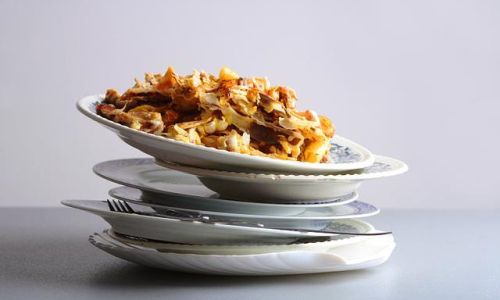


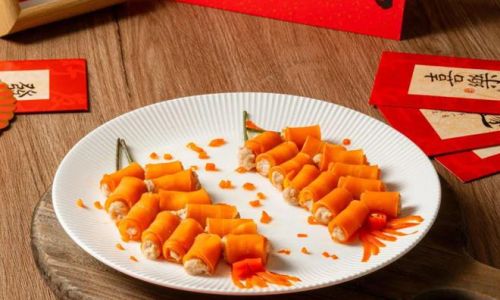

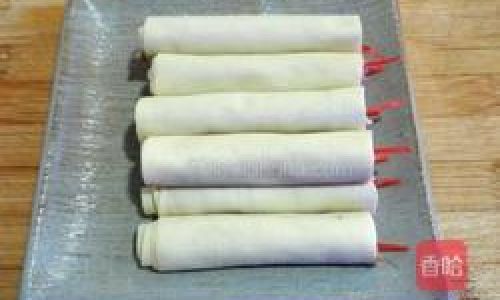
0 comments